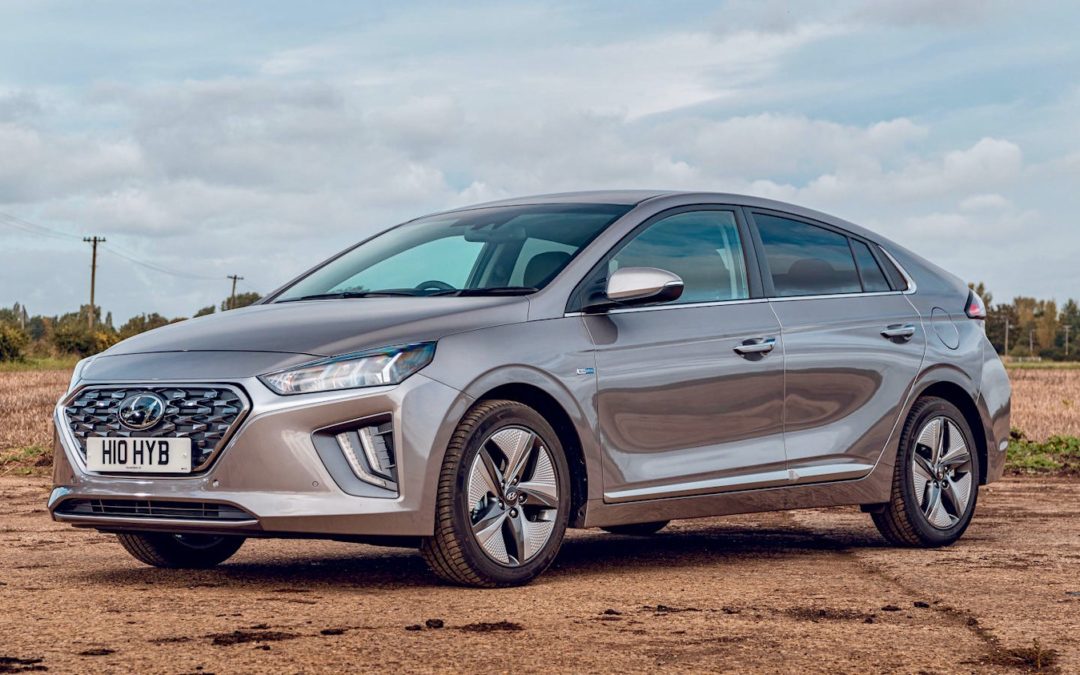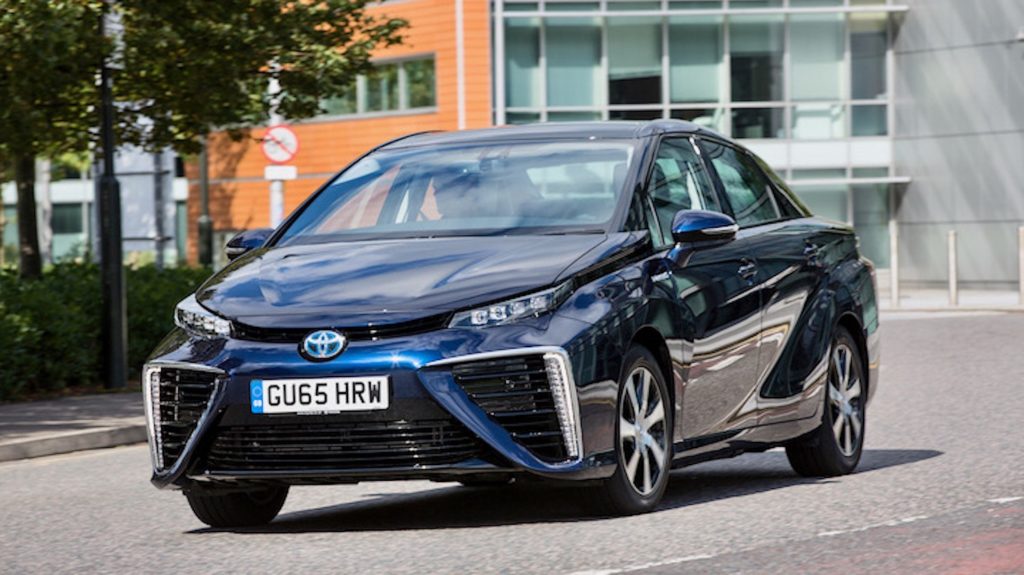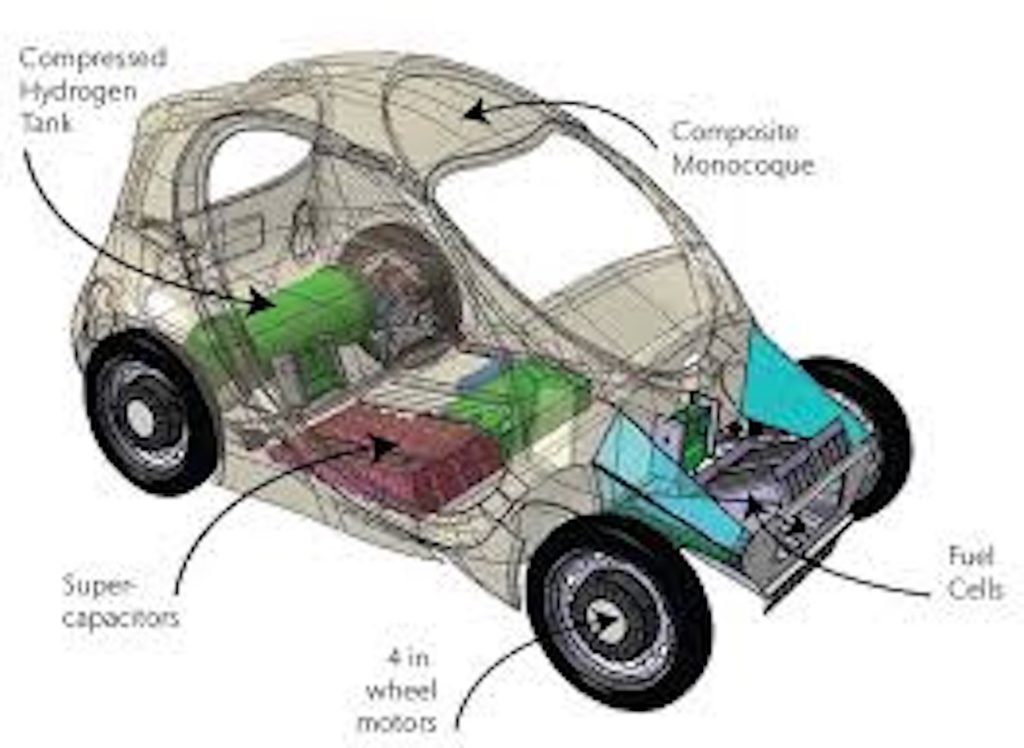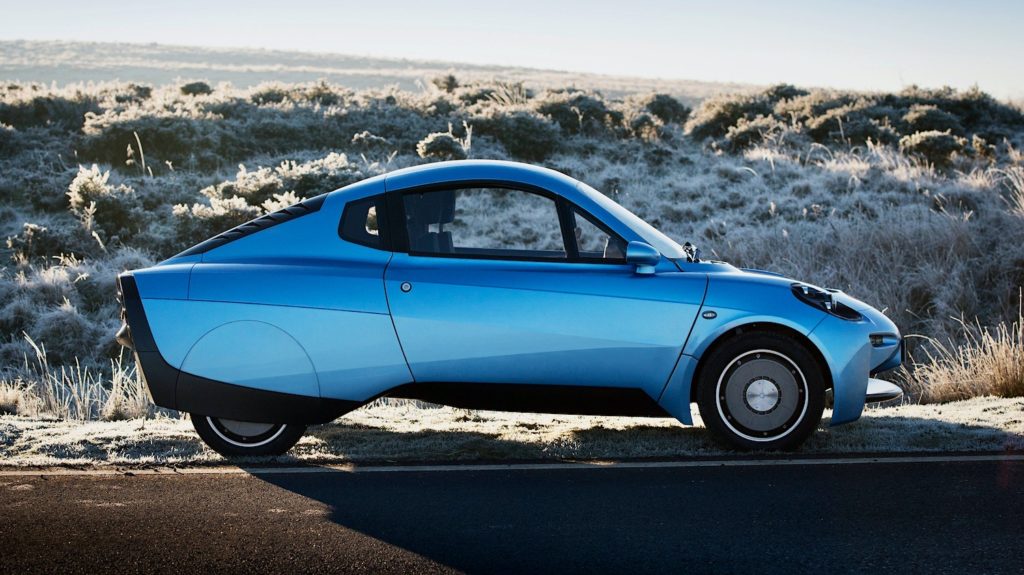There are a few weeds to be taken care of as the motor industry, energy providers, related suppliers and authorities take us down the green road towards 2030 and onwards.
The haste and race to have low emission cars and other vehicles on our roads is tripping over some serious issues, notably cost, and not just for vehicles and infrastructure but the expense of losing jobs.
Ford and JLR recently announced their electrification plans, manufacturing intentions and ambitions. Laudable they are but behind the announcements lie some cold facts such as the need to loose about five-sixths of the assembly workforce overall which will be surplus to requirements with a simplified powertrain underneath the new models being planned.
Both businesses are looking at shaving costs from development and manufacturing by sharing platforms with at least one other manufacturer, who will also have to cut costs and their own workforce.
The political impact is significant because individual Governments do not want to see vehicle plants and many thousands of jobs going with the added costs falling on social payment systems, with tax or duties being curtailed when they will need them to cover payments to the unemployed.
The pure electric vehicles are too expensive for most individuals to buy and encouragement is being given to renting them in some way with major finance institutions effectively taking the risk for an unknown reward. Sales of used EVs will dramatically pick up as the various green-goalposts come into view and hopefully battery replacement or repair costs will come down.
The substitutes in this game of loans may well be hybrid models which we will need for maybe 30 years as the EV charging network develops.
Therein lies the other problem. Those with the ability to charge a vehicle outside their home or workplace will be the first to convert to electric power but what about the millions who do not have such convenience? I am thinking here of apartment dwellers and the miles of terrace houses sprawled across our cities, towns and villages.
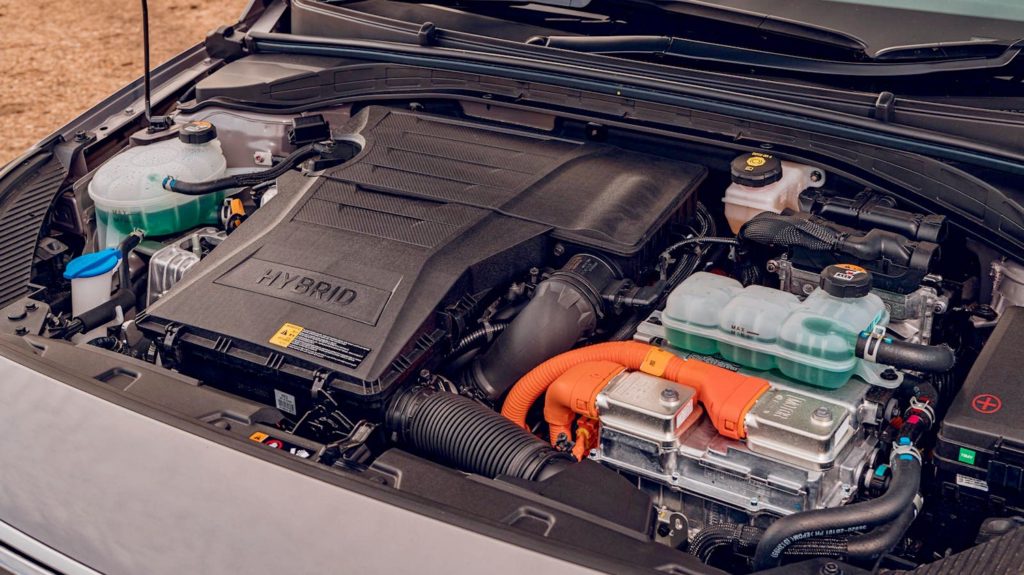
Hyundai Ioniq Hybrid engine bay
While commercial transport operators of buses and delivery vehicles can easily establish protocols for powering them overnight or at terminals, the private car driver is facing a more significant issue and needs to have a way of overcoming the range anxiety on longer trips than the “typical” commute of under 20 miles a day. We know that the Coronavirus pandemic has dramatically changed the way thousands work and there is evidence both of cars being sold as no longer required and in other instances of more used models being bought to avoid public transport. The used market will sort itself out as it’s always done and the motor manufacturers could offset some new car sales losses by building up their approved pre-owned network, but that still leaves the silent onward march of electric vehicles to the vagaries of public demand and drive.
I have recently tested some new electric and plug-in hybrid electric models which had good ranges but came with a higher charge output cable only, not a three-pin plug for a domestic charge point which the majority of drivers have access to already. If you want a domestic cable it will cost the best part of over £600, or you fork out for a quick-charge wall box if you can have one fitted after your circuit is checked and approved and that may be another £800, possibly more if some new wiring is needed. It all mounts up so its good to see new builds after a certain date must have wallboxes fitted just like a conventional electricity supply.
When this happens it will also be possible for VAT to be levied specifically on the power used to charge a vehicle and this will offset the fuel duty and VAT lost to diminishing petrol and diesel sales.
There will come a break-even point when falling traditional fuel sales will make it uneconomic to maintain a filling station and we’ll see more pure electric quick charge sites opening but they are likely to be much fewer in number than the 8,400 forecourts currently on our roadsides.
With less to go wrong in an electric powertrain the vehicles will probably last longer and their higher cost will also encourage users to keep them longer, which will further please environmentalists but also irritate manufacturers and dealers unless they build in redundancy and replacement. We might see vehicles being scrapped or changed because their instruments pod or seats fail before the powertrain and a new generation of technicians will be swarming over the vehicles anyway.
Charging stations and points are only part of the story, we will need power coming into them and there is growing confidence the national grid will be able to support any surge in demand but this begs the question about how the power is generated. Wind and solar power is almost certainly going to be supplemented by nuclear but the cost of these stations is also mind-boggling and their long-term radioactive residue is a cost which will have to be borne by generations to come.
In all of the above we have not mentioned the growing emergence of new manufacturers coming to market with no historical costs to be dealt with and a leaner business which will put pressure on the existing players but who will have to set up their own networks nevertheless, unless of course they do joint ventures with current car makers. We are seeing this already in some European or global markets and it means existing manufacturers can get wider access to new markets as well.
So far we haven’t looked at the role of hydrogen vehicles, which ultimately use electric motors driven by chemical reactions from hydrogen and which might be particularly suitable for commercial vehicles alongside private cars, but their design requirements are different.

Toyota Mirai 

Riversimple RASA
They are highly efficient and offer longer range between refuelling than pure electric models but there are concerns over how the gas is generated in the first place and its green credentials and this will require greater clarity and investment at source. One model being built in Wales as a car and small van has attracted investment by Siemens, showing how a non-car maker could become a new player as well.
So the grass is looking greener the other side of Coronavirus and 2030 but there are a few weeds which need to be dealt with and which might pop up to spoil the view.
Robin Roberts Chairman
Western Group of Motoring Writers
Robin is the longest serving chairman of The Western Group. He's been vice chairman or chairman for over ten years and oversees the annual Western Group PR Driving Day each summer assisted by the group committee and supported by group members.
He contributes to a number of outlets in Wales and the UK, including the Driving Force editorial syndication agency feeding the biggest regional news and feature publishers in Britain.
Robin specialises in the Welsh automotive sector and motor related businesses with interests in Wales and publishes WheelsWithinWales.uk which covers news, features, trade and motor sport in Wales.
